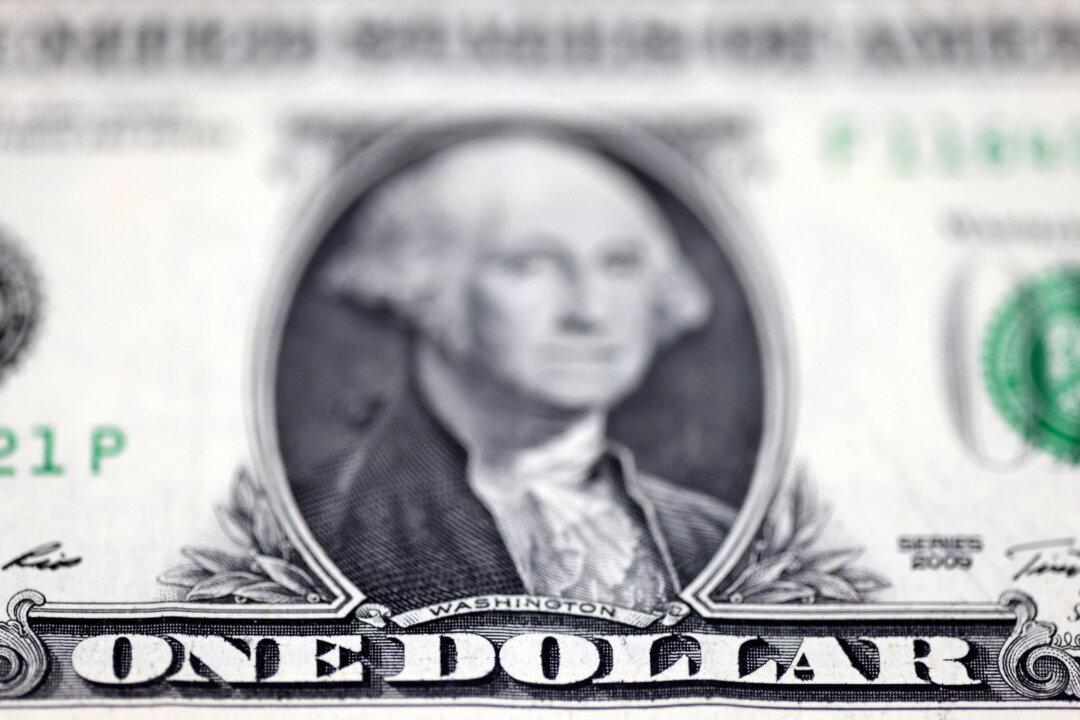LONDON/SINGAPORE—The dollar rose to a six-week high on Friday as strong U.S. economic data and comments from Federal Reserve officials led to traders betting more interest rate rises are coming.
Data on Thursday showed the number of Americans filing new claims for unemployment benefits unexpectedly fell last week, and that monthly producer prices increased by the most in seven months in January.





